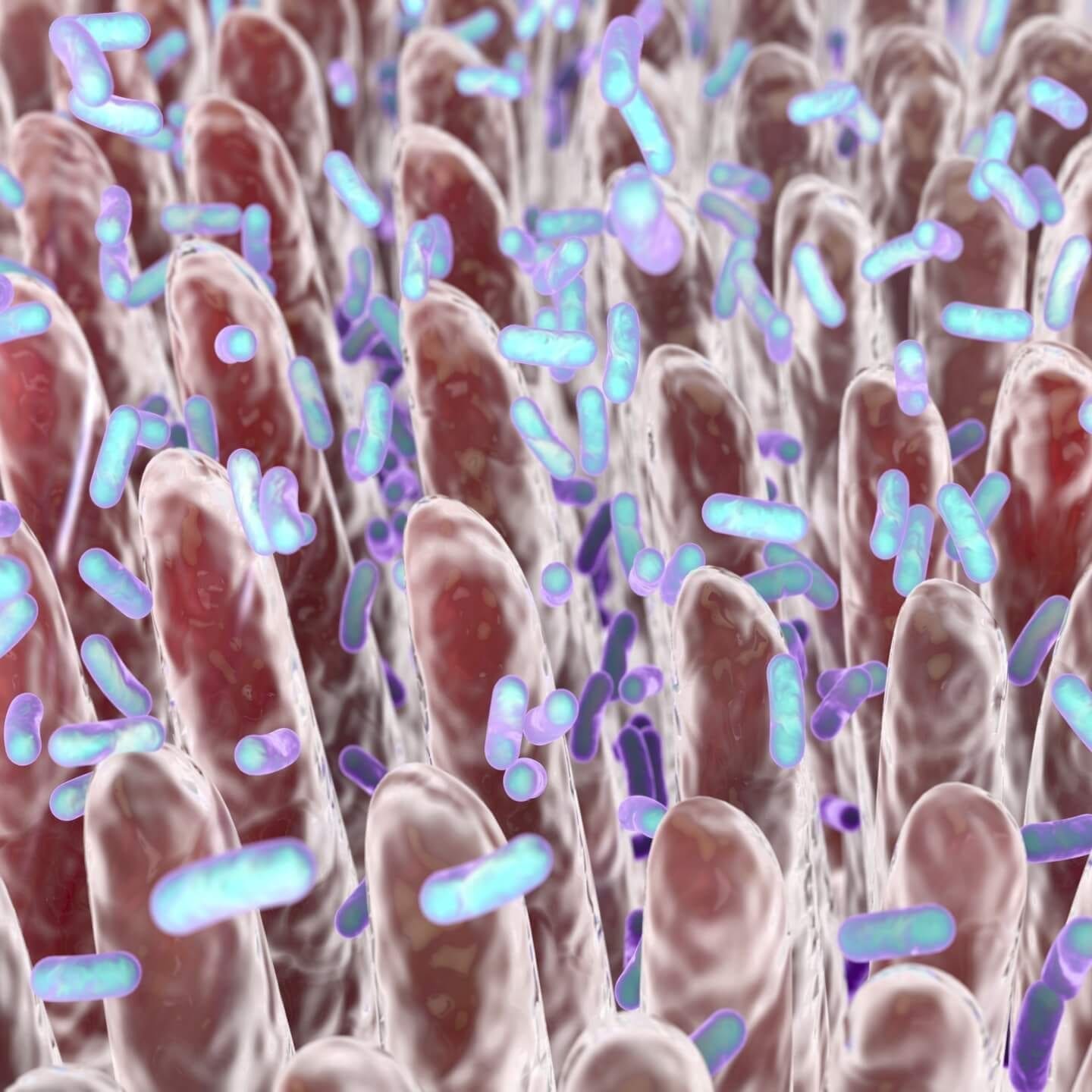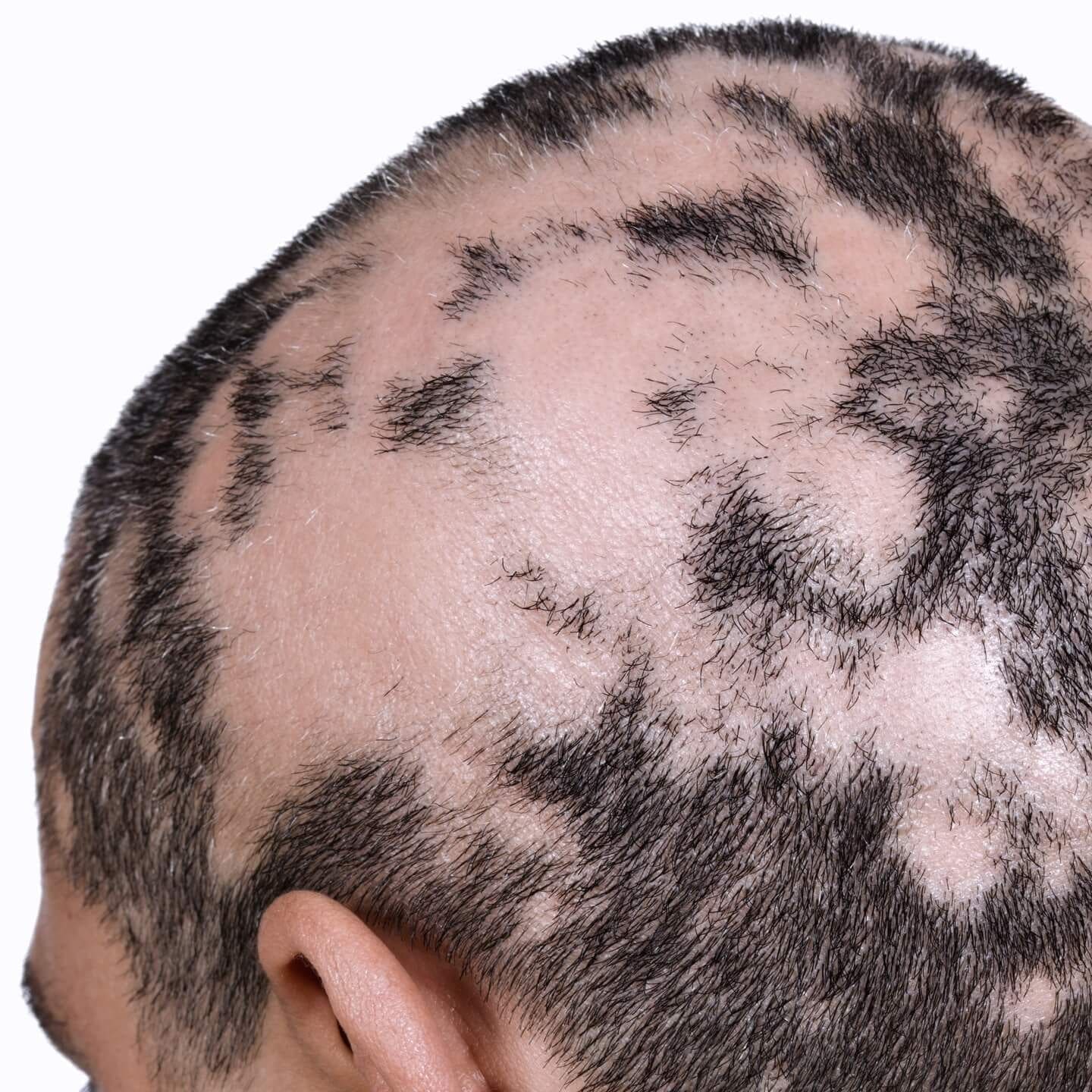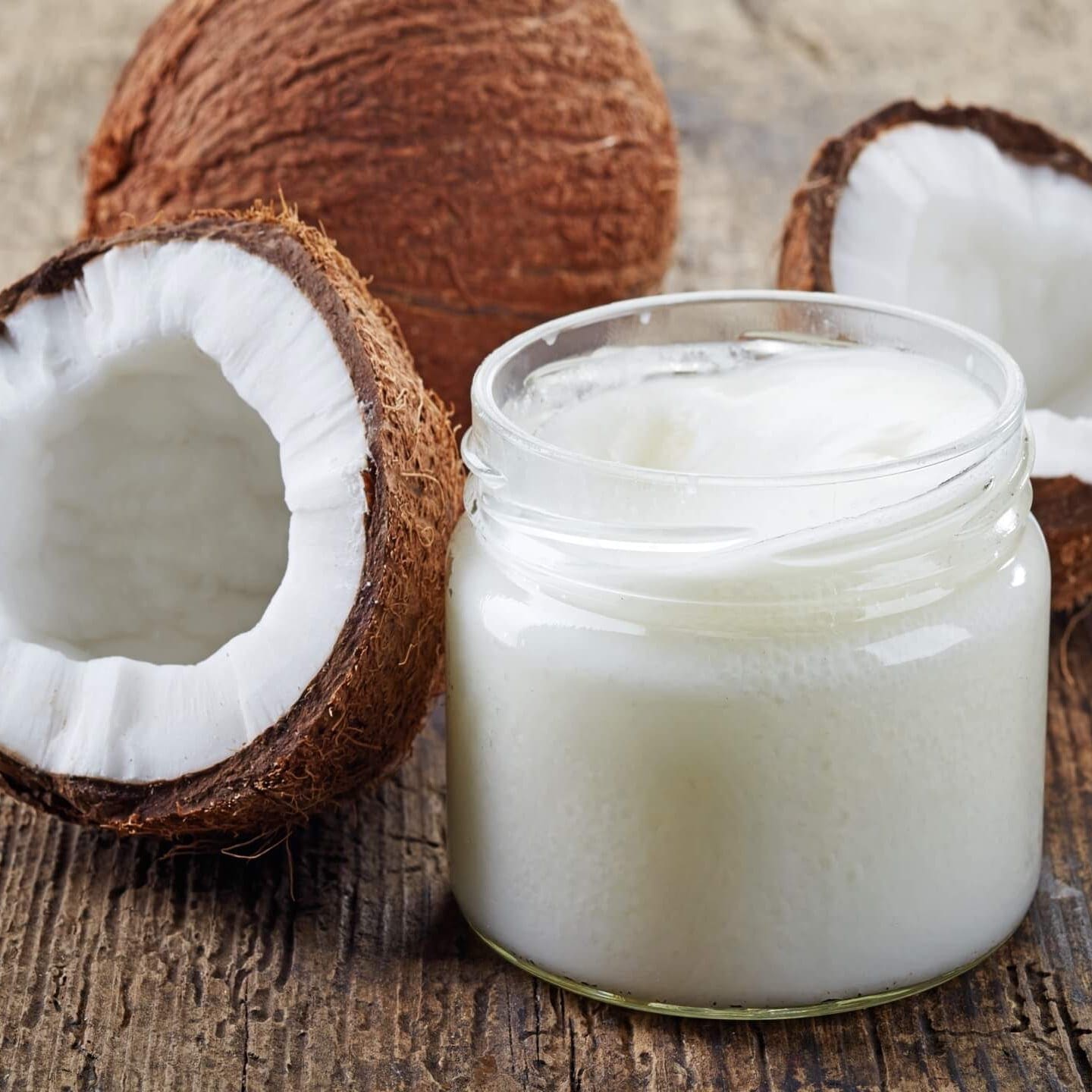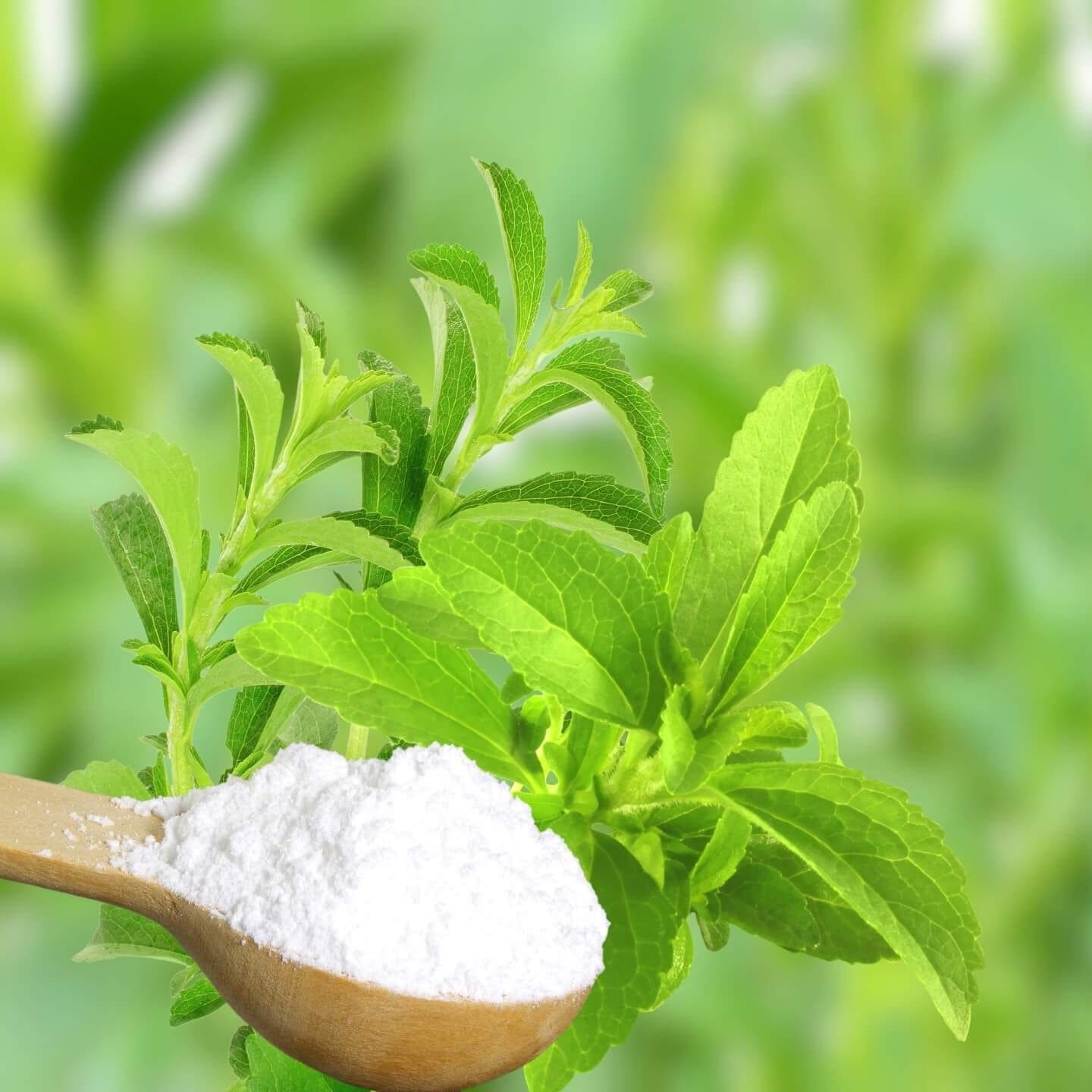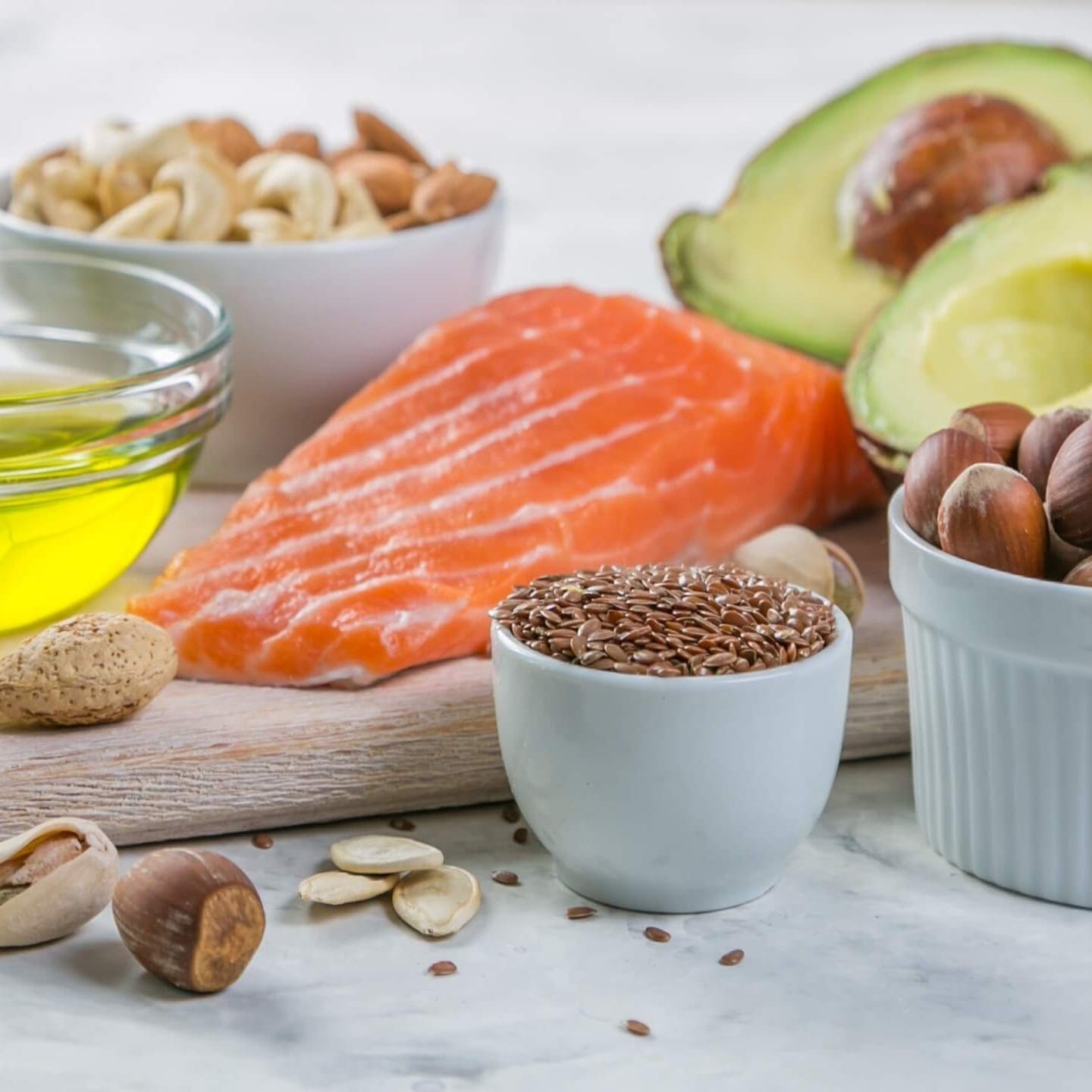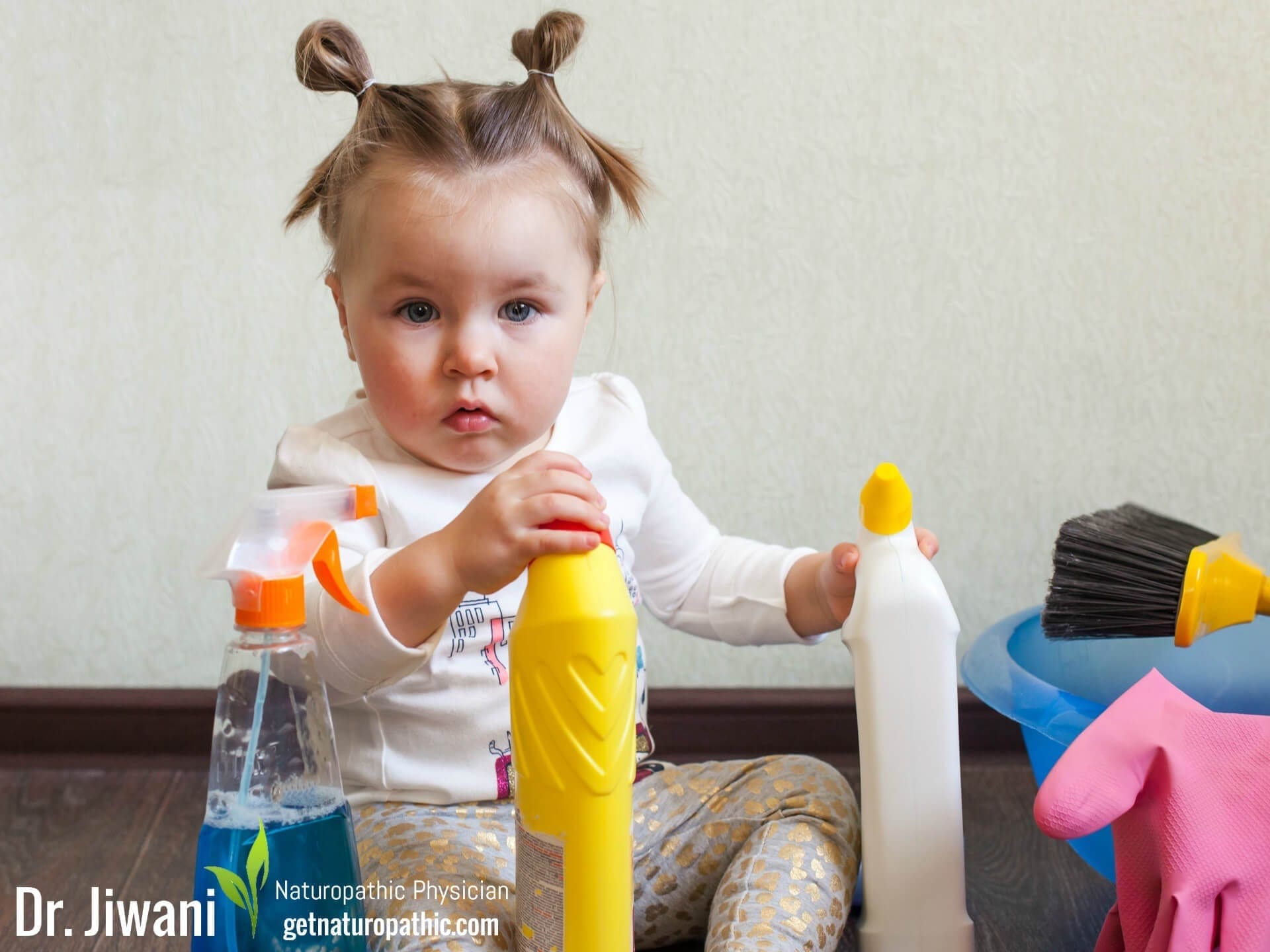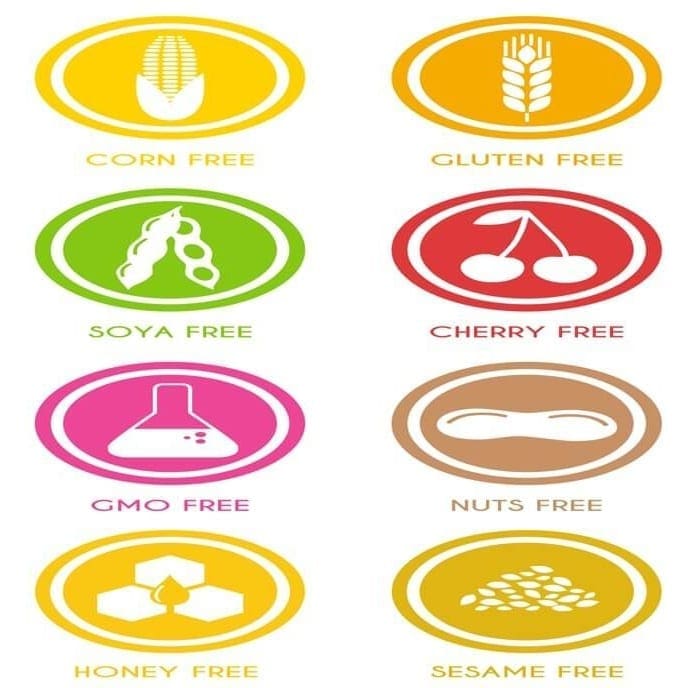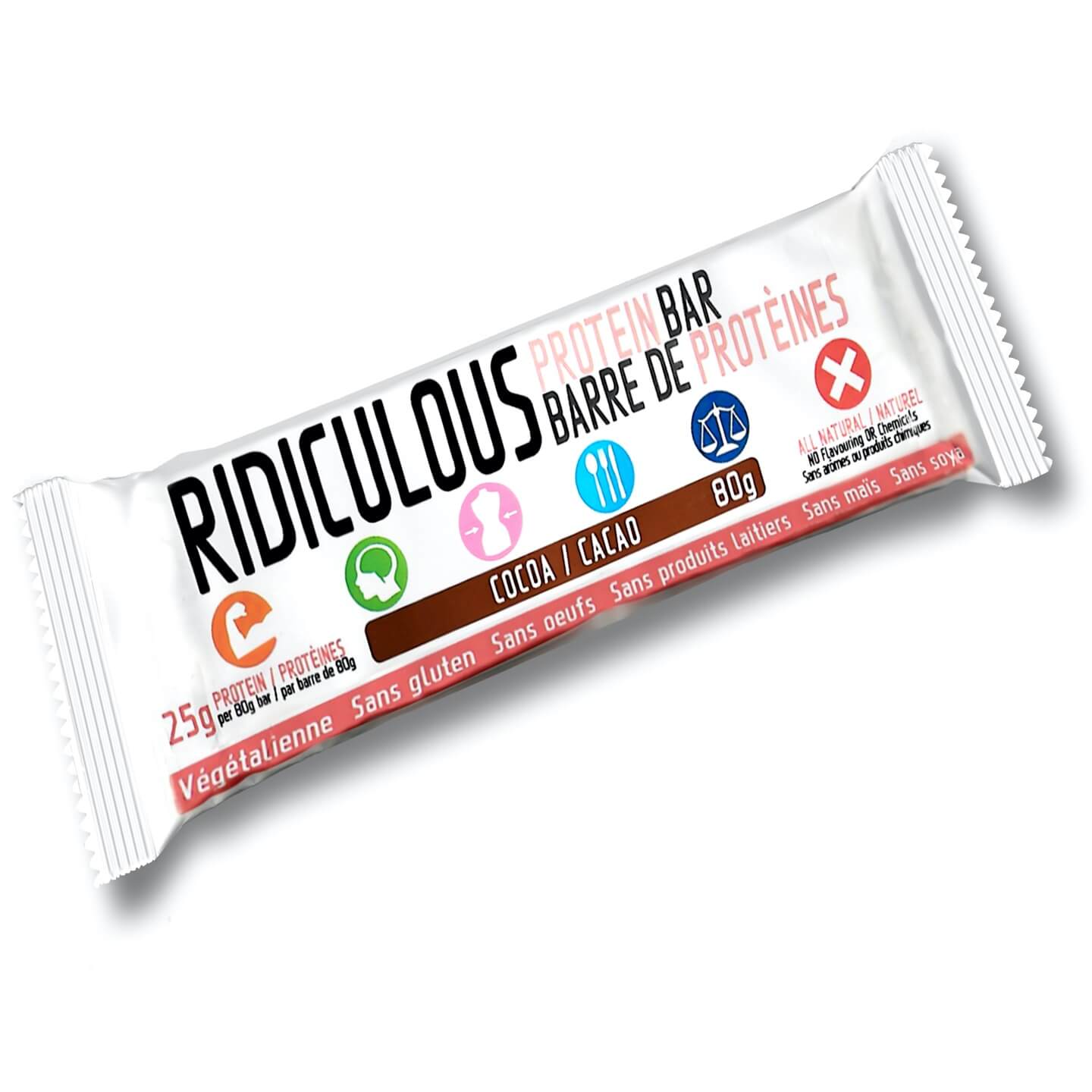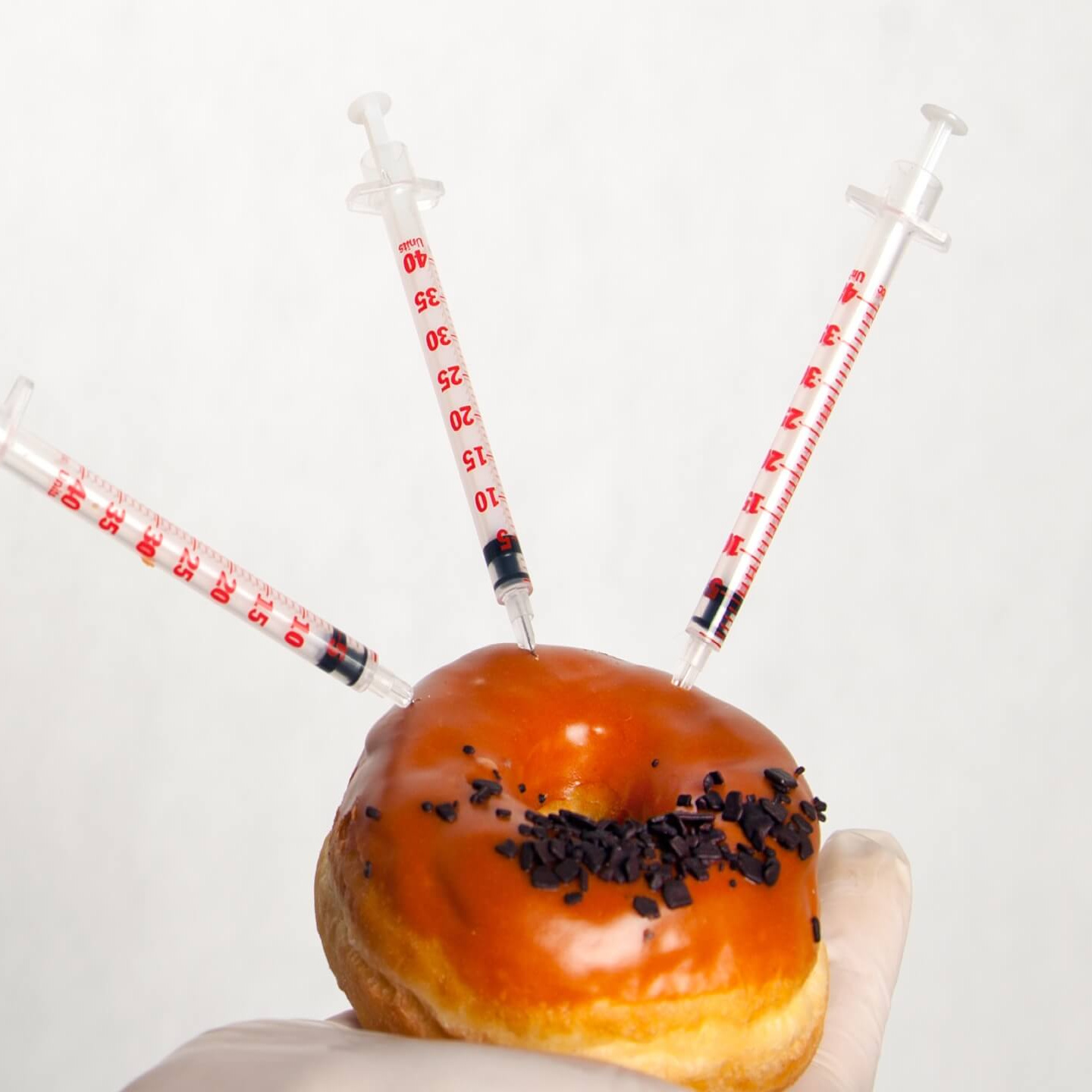Home »
Popular Posts
Household Cleaners May Be Linked to Childhood Obesity by Altering Gut Bacteria: Canadian Medical Association Journal New Study
Naturopathic Nuggets about Household Cleaners
- Groundbreaking research was just published in the Canadian Medical Association Journal (CMAJ) highlighting the possible link between common household cleaners and future weight gain in children.
- Many household cleaners release dangerous compounds called VOCs (Volatile Organic Compounds) into the air. This affects the infants’ internal microbiome as they breathe in the household chemicals, or touch cleansed areas.
- Infants from households using antimicrobial disinfectants, such as multi-surface cleaners, at least weekly, showed the most changes in gut bacteria.
- Higher levels of Lachnospiraceae were detected only in babies exposed to disinfectants, not with detergents or eco-friendly cleaners. In fact, the more frequent the disinfectants were used, the higher the Lachnospiraceae present.
- In humans, prominent amounts of Lachnospiraceae in the gut microbiome contribute to higher body fat, insulin resistance (precursor to diabetes) and more inflammation (Le Chatelier et al. 2013).
- Once the disinfectant-exposed infants were 3 years old, their body mass index was higher than children not exposed as infants. The results were consistent even when researchers considered other influences on the gut microbiome including antibiotic use, vaginal births and breastfeeding.
- Conversely, babies exposed to eco-friendly cleaning agents had different microbes and were less overweight than disinfectant-exposed infants. Eco-friendly cleaning products also reduced levels of the gut microbes Enterobacteriaceae (E. coli family) proportionate to use.
Household cleaners have become suspect in childhood obesity through altering gut bacteria. This groundbreaking research was just published in the Canadian Medical Association Journal (CMAJ) highlighting the possible link between common cleaning agents and future weight gain in children.
Cleanliness is Next to Fattiness?
Household Cleaners, VOCs & Health
The widespread use of household cleaners has escalated with greater emphasis on sterility & cleanliness. With infants spending 80% of their time indoors, their environment is critically relevant to healthy maturation of their gut flora. Household cleaning products have the potency to change the environmental microbiome. Many household cleaners release dangerous compounds called VOCs (Volatile Organic Compounds) into the air. This affects the infants’ internal microbiome as they breathe in the household chemicals, or touch cleansed areas.
Toxic VOCs Alter Gut Bacteria
Household Cleaners: A World Within Our Gut
Our gut microbiome is a complex world of bacteria that live happily in our digestive tract. A healthy gut has more good guys than bad guys to win the power struggle that exists. During infancy, our gut microbiome develops from the many bacterial species we are exposed to through the birth canal, breastfeeding and our environment. By three years of life, our gut microbiome has developed into the unique blueprint of bacteria that we carry for the rest of our lives.
Gut Microbiome is a War of the Worlds
Household Cleaners: Gut Bacteria & Health
In fact, research has already shown that altered gut microbiome from antibiotics, caesarian deliveries and not breastfeeding babies has been linked to allergies (Penders et al. 2007) and obesity (Azad, Bridgman, Becker, & Kozyrskyj, et al. 2014).
Your Baby’s Health & Weight Are Affected By Gut Bacteria
Household Cleaners: Multi-Surface Cleaners & Baby Poop
The CMAJ study investigated the effects of disinfectants, detergents and eco-friendly home products on the gut flora of 757 infants aged 3-4 months. Canadian researchers across the country examined data from the Canadian Healthy Infant Longitudinal Development (CHILD) group on microbes in infant fecal matter. Weight measurements occurred at ages 1 to 3 years, and the World Health Organization (WHO) growth charts for body mass index (BMI) scores were used.
Studying Baby Poop For Health Clues
Household Cleaners: Altered Gut Bacteria From Disinfectants
It was discovered that infants from households using antimicrobial disinfectants, such as multi-surface cleaners, at least weekly, showed the most changes in gut bacteria. Although lower levels of serious bacteria, Haemophilus and Clostridium were found, higher levels of Lachnospiraceae were detected. This increase was only seen in disinfectants, not with detergents or eco-friendly cleaners. The more frequent the disinfectants were used, the higher the Lachnospiraceae present.
Antimicrobial Disinfectants Increase Deceptive Bacteria
Household Cleaners: Lachnospiraceae: A Digestive Devil in Disguise
Lachnospiraceae is a non-disease causing bacteria normally found in our gut. In fact, this family of bacteria produce butyric acid which may protect against colon cancer. However, prior studies have shown that Lachnospiraceae causes metabolic & hormonal changes that precipitate obesity and diabetes in mice (Kameyama & Itoh, et al. 2014), by increasing fasting sugar and belly (visceral) fat gain. Additionally, stress increases Lachnospiraceae, which is associated with human diseases, such as Ulcerative Colitis, Crohn’s and Celiac disease (Li et al. 2017).
Altered Gut Bacteria Can Make You Sick & Fat
Household Cleaners: Weight Gain From Altered Gut Bacteria
This was also evident in the CMAJ study, as the disinfectant-exposed infants were twice as likely to have higher levels of the gut microbes Lachnospiraceae at age 3-4 months. Once the disinfectant-exposed infants were 3 years old, their body mass index was higher than children not exposed as infants. The results were consistent even when researchers considered other influences on the gut microbiome including antibiotic use, vaginal births and breastfeeding.
Disinfectants Increase Weight Gain in Children
Household Cleaners: How Can Gut Bacteria Make Kids Fat?
Gut microbiota produce short-chain fatty acid (SCFA) metabolites that are involved in appetite regulation and sugar metabolism. Certain gut bacteria, such as Lachnospiraceae, increase the production of these SCFAs which causes weight gain (Kumari & Kozyrskyj, 2017). In humans, prominent amounts of Lachnospiraceae in the gut microbiome contribute to higher body fat, insulin resistance (precursor to diabetes) and more inflammation (Le Chatelier et al. 2013).
Certain Gut Bacteria Cause Inflammation & Diabetes
Household Cleaners: Eco-Friendly Cleaning is Healthier
Conversely, babies exposed to eco-friendly cleaning agents had different microbes and were less overweight than disinfectant-exposed infants. Eco-friendly cleaning products also reduced levels of the gut microbes Enterobacteriaceae (E. coli family) proportionate to use.
Eco-Friendly Cleaning Improves Gut Health & Weight
Household Cleaners: Who Uses Disinfectants?
Use of household cleaners led to more overweight children at 3 years old, which was more prevalent with obese mothers before pregnancy, cesarean delivery, antibiotic use during pregnancy, non-breast-fed babies, household tobacco exposure and infant antibiotic treatment.
Household Cleaners: Who Uses Eco-Friendly Products?
Eco-friendly products were more commonly used by mothers who are breast-feeding, have allergies, with higher education and living on the West Coast of Canada. These behaviours positively influence gut microbiomes, health and weight, reducing the risk of weight gain and obesity.
What Will You Clean With For Your Baby’s Future Health?
Related Natural Cleaning to Protect Your Family’s Health
References
Azad MB, Bridgman SL, Becker AB, Kozyrskyj AL. Infant antibiotic exposure and the development of childhood overweight and central adiposity. International Journal of Obesity. 2014 Oct;38(10):1290.
Clostridium [Internet]. En.wikipedia.org. 2018 [cited 20 September 2018]. Available from: https://en.wikipedia.org/wiki/Clostridium
Haemophilus Infections: MedlinePlus [Internet]. Medlineplus.gov. 2018 [cited 20 September 2018]. Available from: https://medlineplus.gov/haemophilusinfections.html
Kameyama K, Itoh K. Intestinal colonization by a Lachnospiraceae bacterium contributes to the development of diabetes in obese mice. Microbes and Environments. 2014;29(4):427-30.
Kumari M, Kozyrskyj AL. Gut microbial metabolism defines host metabolism: an emerging perspective in obesity and allergic inflammation. Obesity Reviews. 2017 Jan;18(1):18-31.
Le Chatelier E, Nielsen T, Qin J, Prifti E, Hildebrand F, Falony G, Almeida M, Arumugam M, Batto JM, Kennedy S, Leonard P. Richness of human gut microbiome correlates with metabolic markers. Nature. 2013 Aug;500(7464):541.
Li S, Wang Z, Yang Y, Yang S, Yao C, Liu K, Cui S, Zou Q, Sun H, Guo G. Lachnospiraceae shift in the microbial community of mice faecal sample effects on water immersion restraint stress. AMB Express. 2017 Dec 1;7(1):82.
Penders J, Thijs C, van den Brandt PA, Kummeling I, Snijders B, Stelma F, Adams H, van Ree R, Stobberingh EE. Gut microbiota composition and development of atopic manifestations in infancy: the KOALA Birth Cohort Study. Gut. 2006 Oct 17.
Tun M, Tun H, Mahoney J, Konya T, Guttman D, Becker A et al. Postnatal exposure to household disinfectants, infant gut microbiota and subsequent risk of overweight in children. Canadian Medical Association Journal. 2018;190(37):E1097-E1107.
Volatile Organic Compounds’ Impact on Indoor Air Quality | US EPA [Internet]. US EPA. 2018 [cited 21 September 2018]. Available from: https://www.epa.gov/indoor-air-quality-iaq/volatile-organic-compounds-impact-indoor-air-quality
This information is for educational purposes only and does not advocate self-diagnosis. Due to individual variability, consultation with a licensed health professional, such as a licensed naturopathic physician is highly recommended, prior to starting a natural treatment plan. For further information, see Terms of our Website.
Follow Dr. Jiwani
Popular Posts



